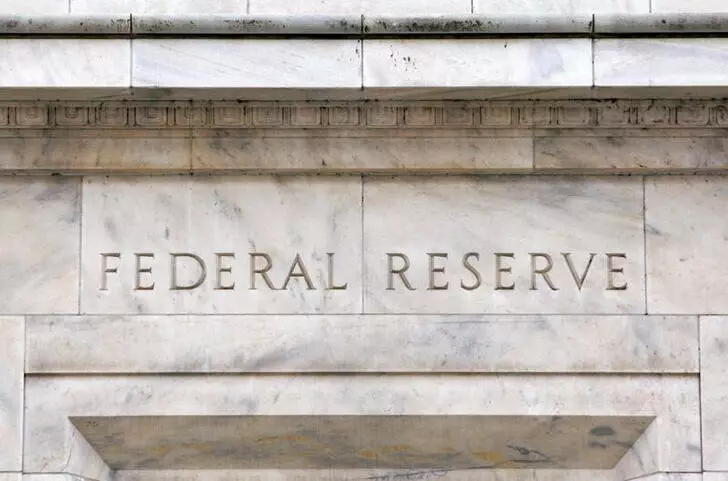On a pivotal Wednesday, the US Federal Reserve set a new precedent by initiating its latest rate-cutting cycle, raising questions about its timing and implications. Yardeni Research posits that the Fed’s decision to ease monetary policy amidst a potential economic boom defies historical norms. Historically, the Fed has employed rate cuts as a response to financial crises or credit crunches that often led to economic downturns. This shift in strategy marks a significant turning point in the approach to monetary policy, as the central bank seems poised to influence economic momentum rather than mitigate distress.
The Current Economic Context
In recent history, the Federal Open Market Committee (FOMC) decided to reduce its benchmark rate to a range of 4.75% to 5.0%. This marks the first decrease since March 2020, following an extended period where borrowing costs remained elevated at levels not seen in over two decades. The unusual nature of this easement raises eyebrows; many analysts are skeptical about its potential impact on the broader economy. The consensus indicates that while lowering rates can stimulate economic activity, doing so against a backdrop of growth can lead to unintended consequences, such as overheating the economy.
When reflecting on previous instances of rate cuts, a trend emerges. Analysts from Yardeni note that the Federal Reserve, since 1960, has historically slashed the federal funds rate by an average of over 500 basis points during easing cycles. This comparison generates intrigue when considering the current landscape, as the FFR futures market anticipates an additional 200 basis points of cuts within the next year, following the recent 60 basis point adjustment.
The Risks of Rapid Rate Easing
One significant concern voiced by Yardeni Research revolves around the pace of these rate cuts. Importantly, the analysts caution that aggressive reductions in the federal funds rate may lead to an economic boom, characterized by rapid growth in real GDP alongside escalating inflation risks. The lessons of the past present a stark reminder of how too much easing, executed too swiftly, can create a fragile economic environment susceptible to volatility. The prospect of a 1990s-style stock market “melt-up” looms as a particularly alarming scenario for investors and policymakers alike.
Moreover, risk assessments suggest that the current economic context is not entirely analogous to previous rate-cutting events, particularly since the initial levels from which the Fed is cutting are considerably lower than in past cycles. The cautionary tale of 1995, where the Fed implemented three 25 basis point cuts during its latest easing cycle, serves as a historical anchor. Thus, the anticipation surrounding the Fed’s trajectory reflects a mixture of optimism regarding growth and apprehension about inflationary consequences.
As the Federal Reserve endeavors to navigate these uncharted waters, the balance between stimulating growth and maintaining economic stability is delicate. The decision to cut rates, coupled with the unpredictable nature of an economic boom, showcases the challenges facing the central bank. The efficacy and repercussions of such monetary policy will require diligent observation in the coming months as both investors and economists assess whether this strategy will lead to sustainable growth or exacerbate inflationary pressures. The stakes are high, signaling a critical juncture in U.S. economic policy that warrants careful scrutiny.

